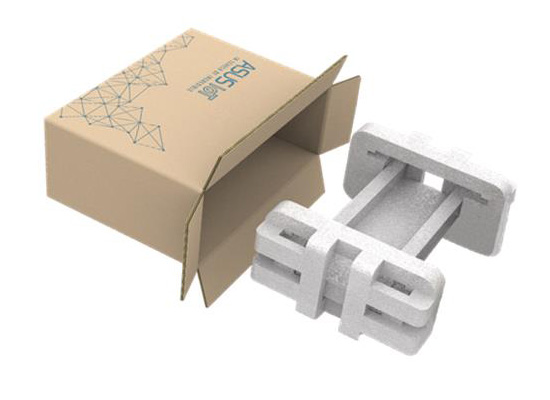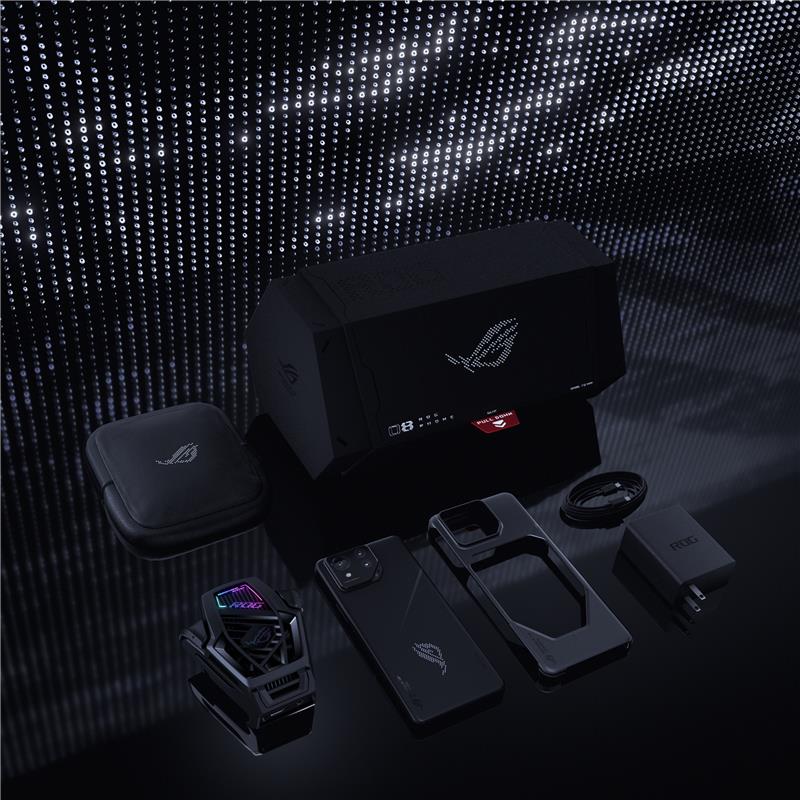In addition, under the premise of maintaining safe transportation, we reduce the waste of the internal space of the packaging and the packaging volume to decrease the use of materials. We also consider the way of stacking. It not only could improve transportation efficiency, but also could prevent damage caused by transporting products of different sizes.
Case.01
Zero-plastic design - NoteBook ProArt (H7606)
100% Plastic-Free Packaging:
- In addition to employing an FSC™-certified paper carrying handle, the device’s protective pouch is made from FSC™-certified plant-based materials to ensure the sustainability of its sourcing.
- FSC™ -certified paper-based structural materials have been used to replace the original expanded polyethylene (EPE) foam plastic cushioning materials.

Case.02
Circular Utilization - ROG Harpe Ace Extreme Mouse
- The packaging is made from 100 % biodegradable bagasse—an agricultural waste byproduct—combined with fully FSC™-certified paper, with zero plastic additives.
- The mouse’s paper-plastic composite packaging can be repurposed as a smartphone stand, enabling the packaging to be reused.

Case.03
Modular Packaging Design: IOT Panel PC series
Through standardized packaging design, three Panel PC models of varying dimensions can be mixed and stacked within the same package size, improving space utilization by 12% during transportation and reducing carbon emissions from fuel consumption.



Case.04
Lightweight Packaging Materials - ROG Phone 8 Pro
The packaging is made from 100 % FSC™ Mixcertified paper materials and employs a lowhalogen hot-foil stamping process to reduce chemical emissions and minimize environmental impact. Through streamlined structural design and optimized accessory layout, packaging volume is reduced by 17 % compared to the ROG Phone 7 Ultimate, improving transport efficiency by 40 %. This not only ensures product safety but also effectively reduces transportation carbon emissions and costs.


